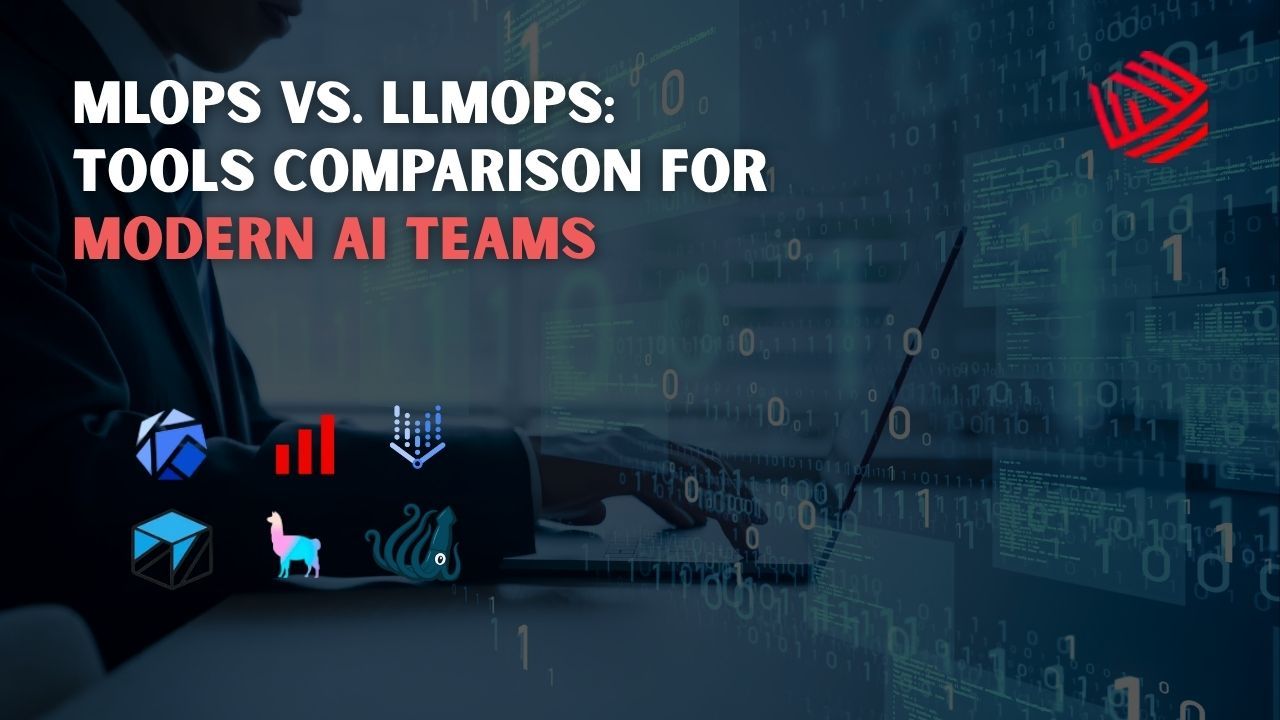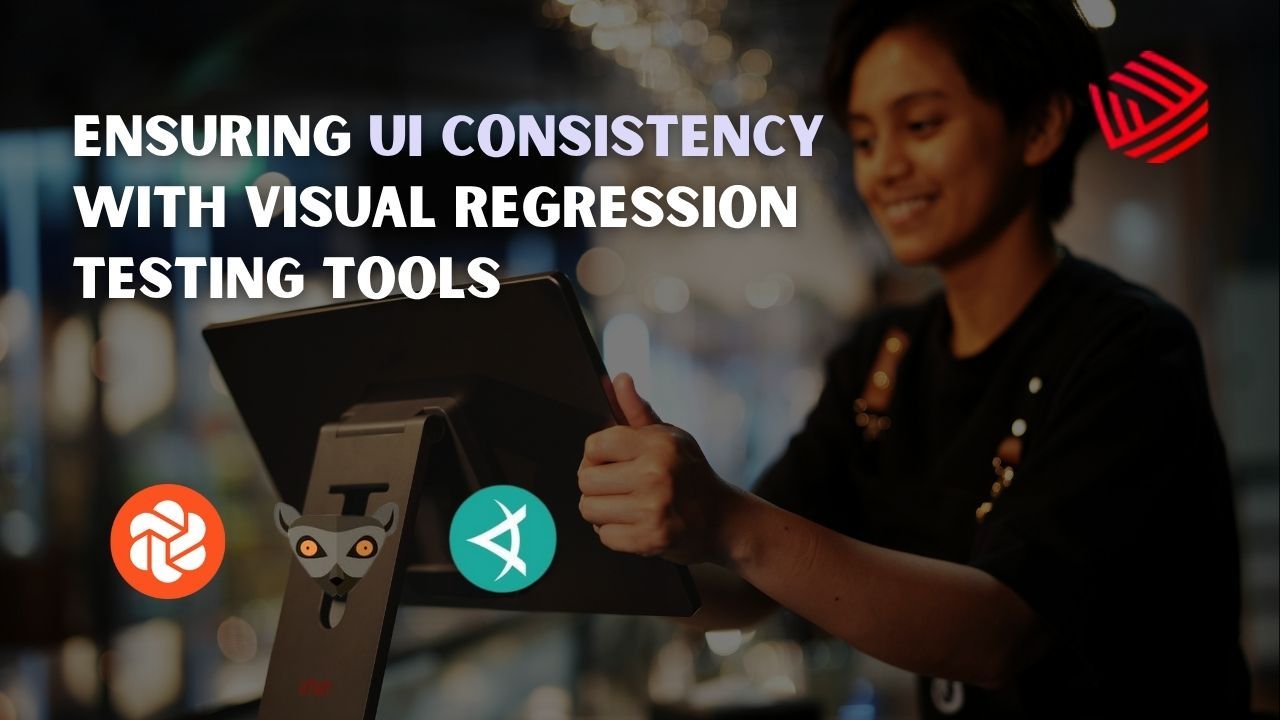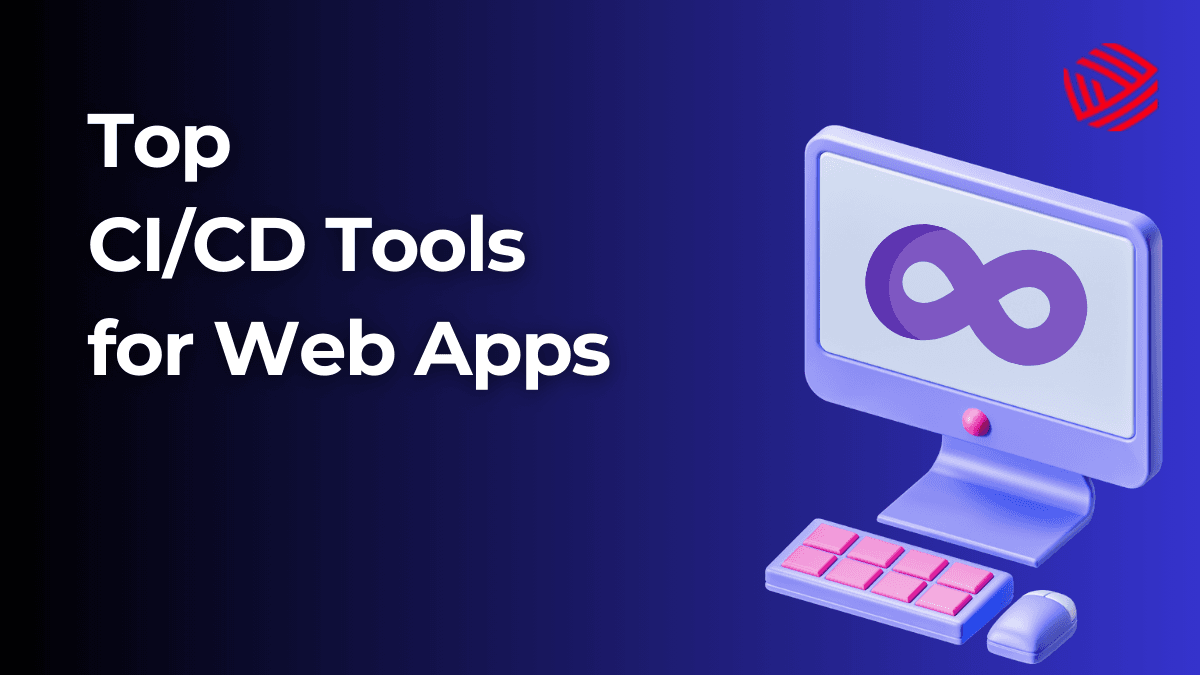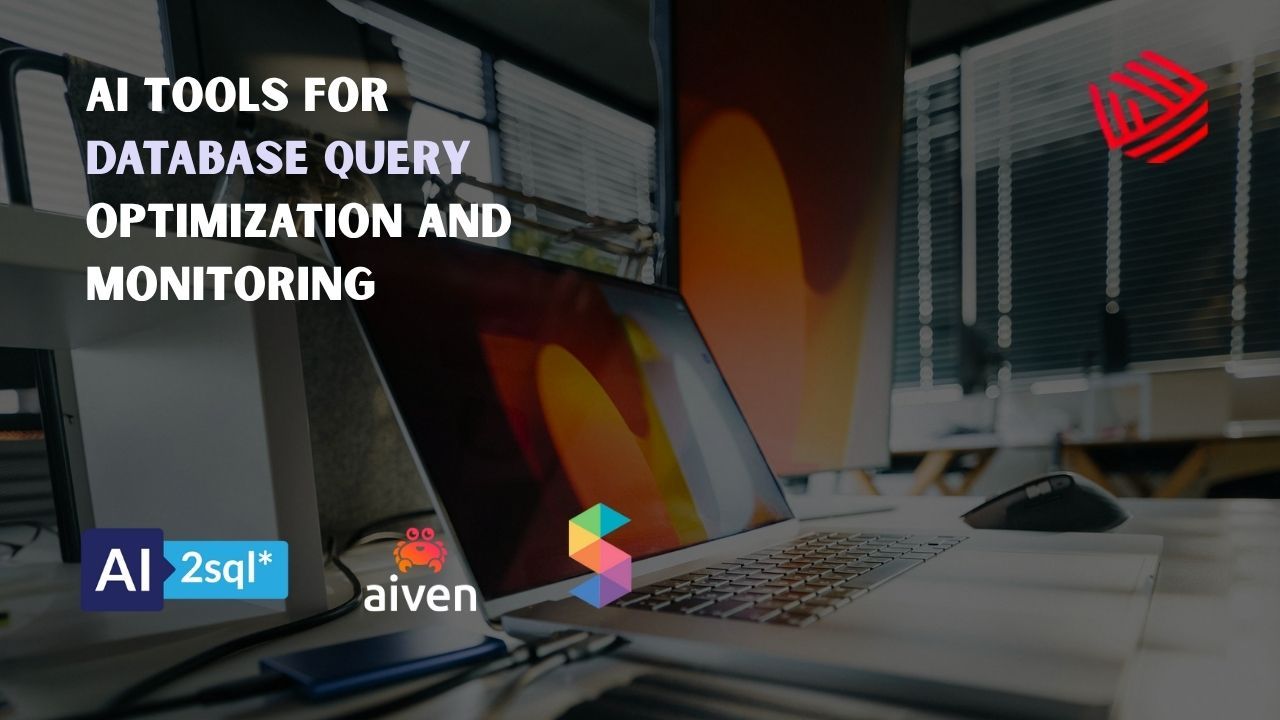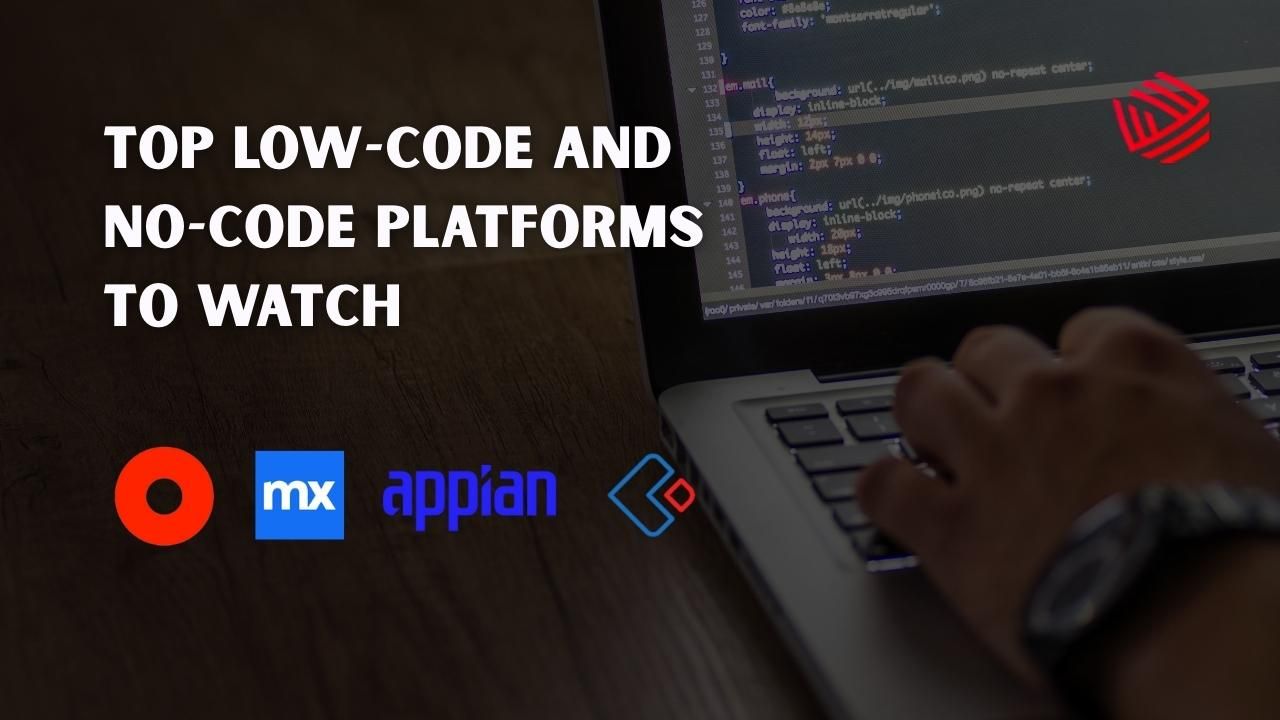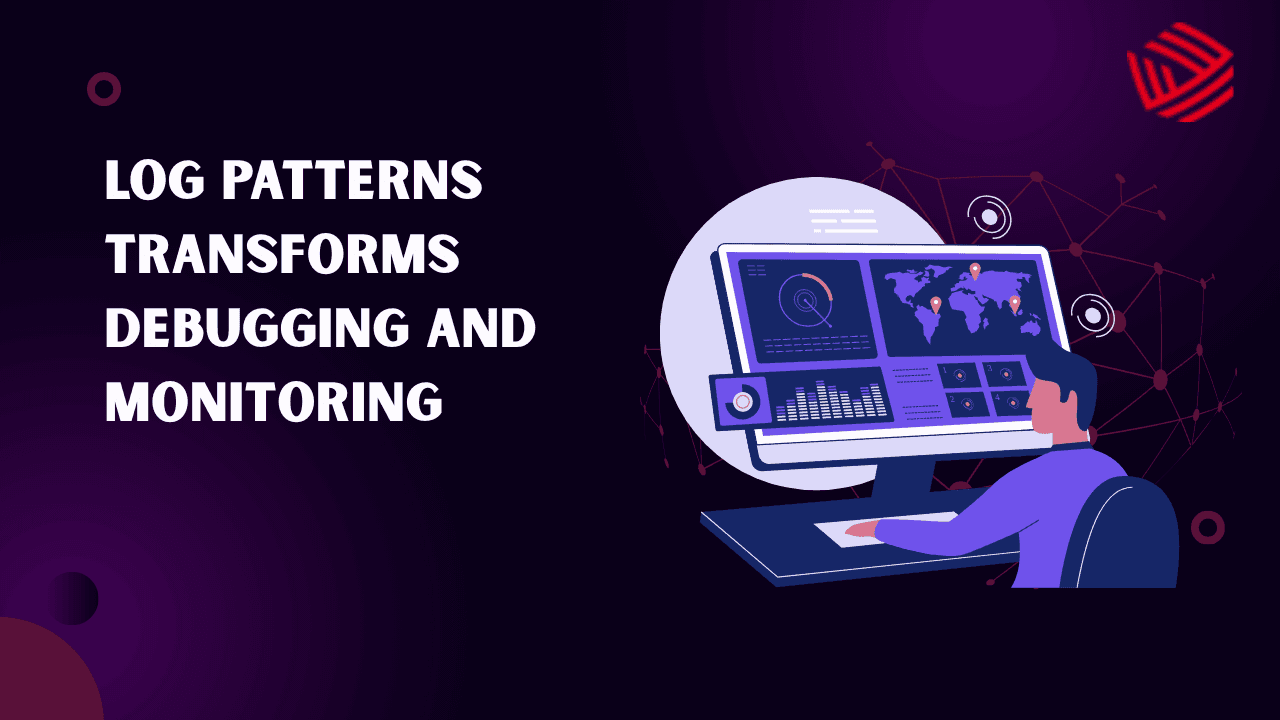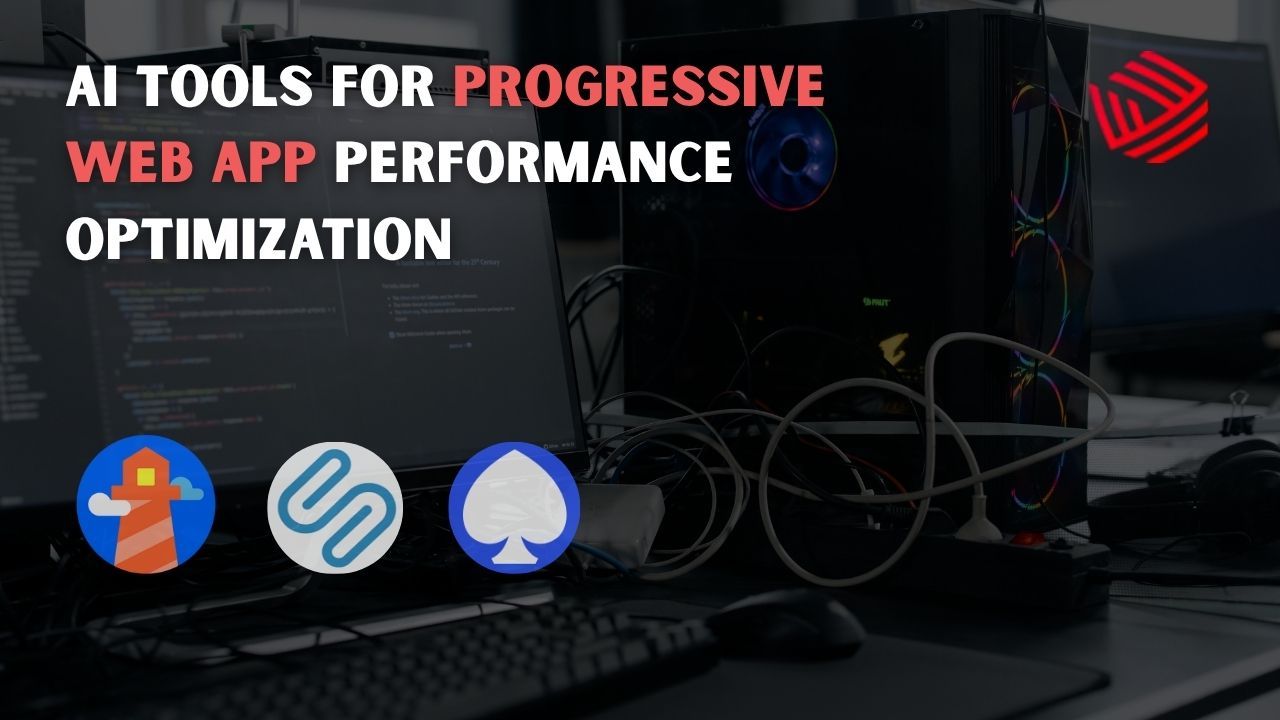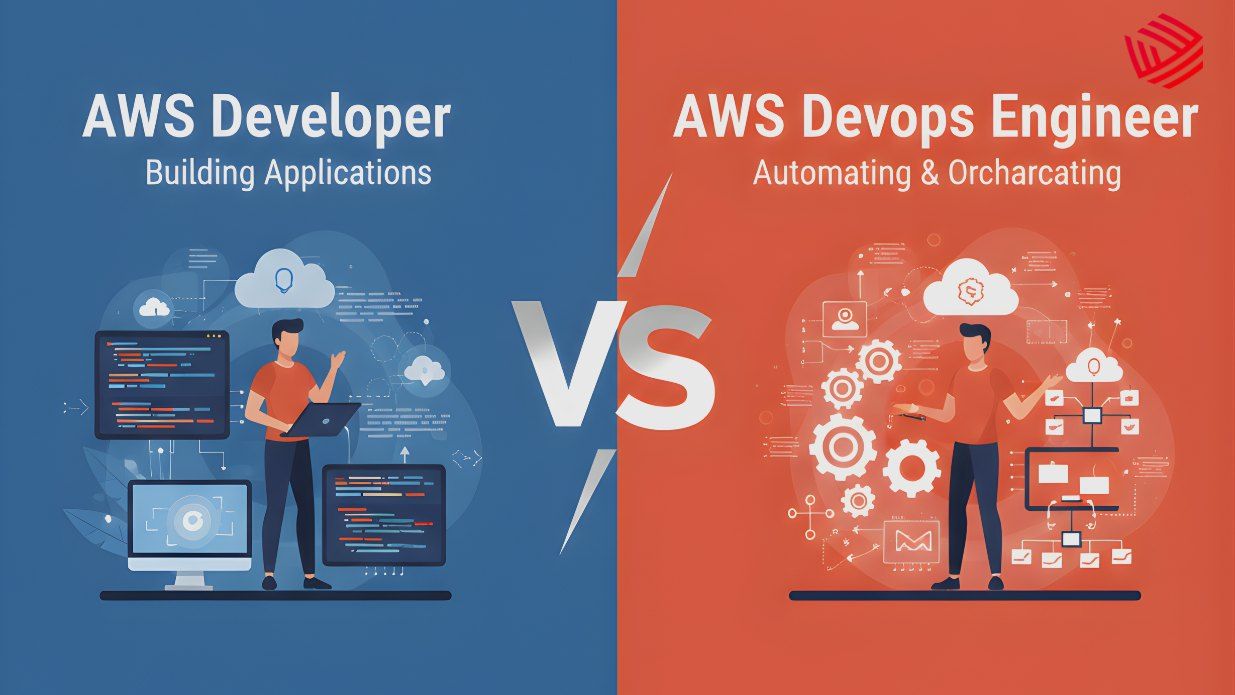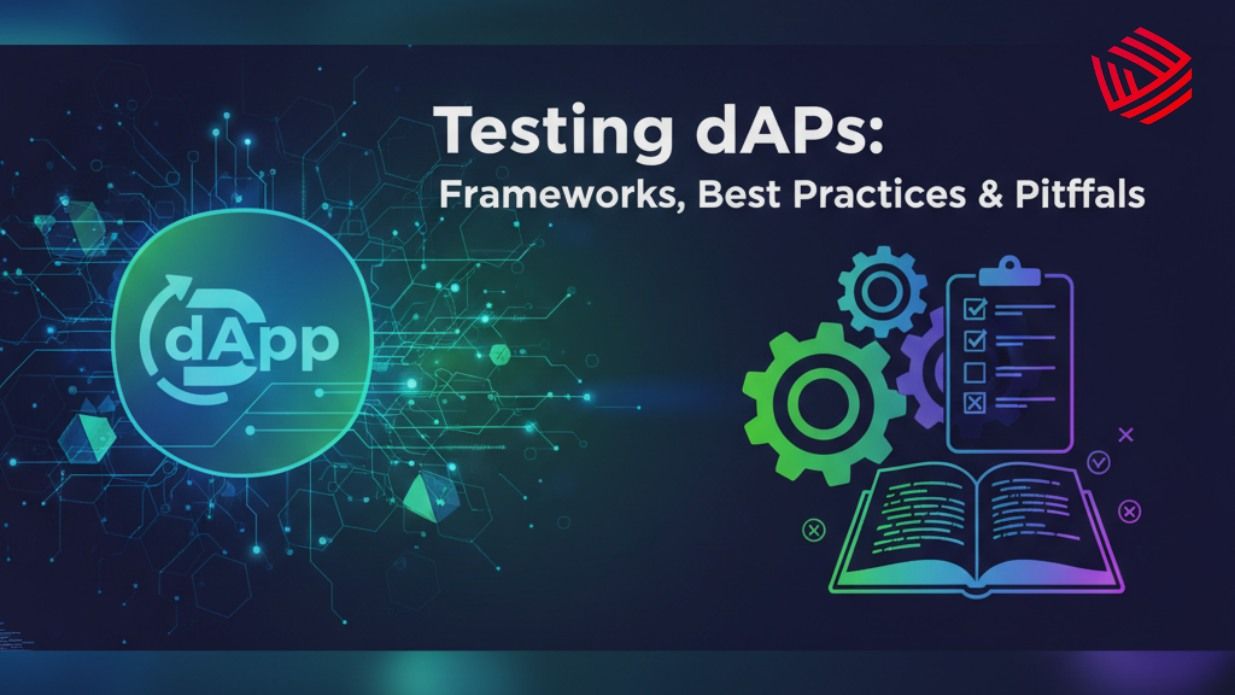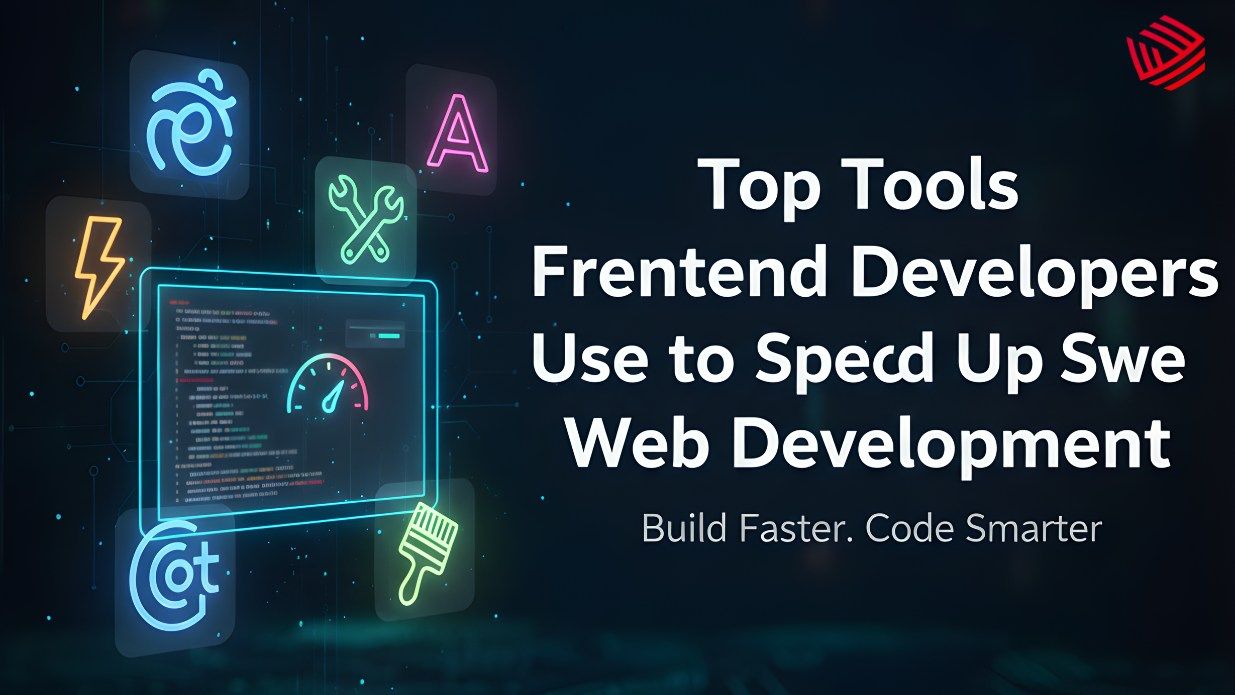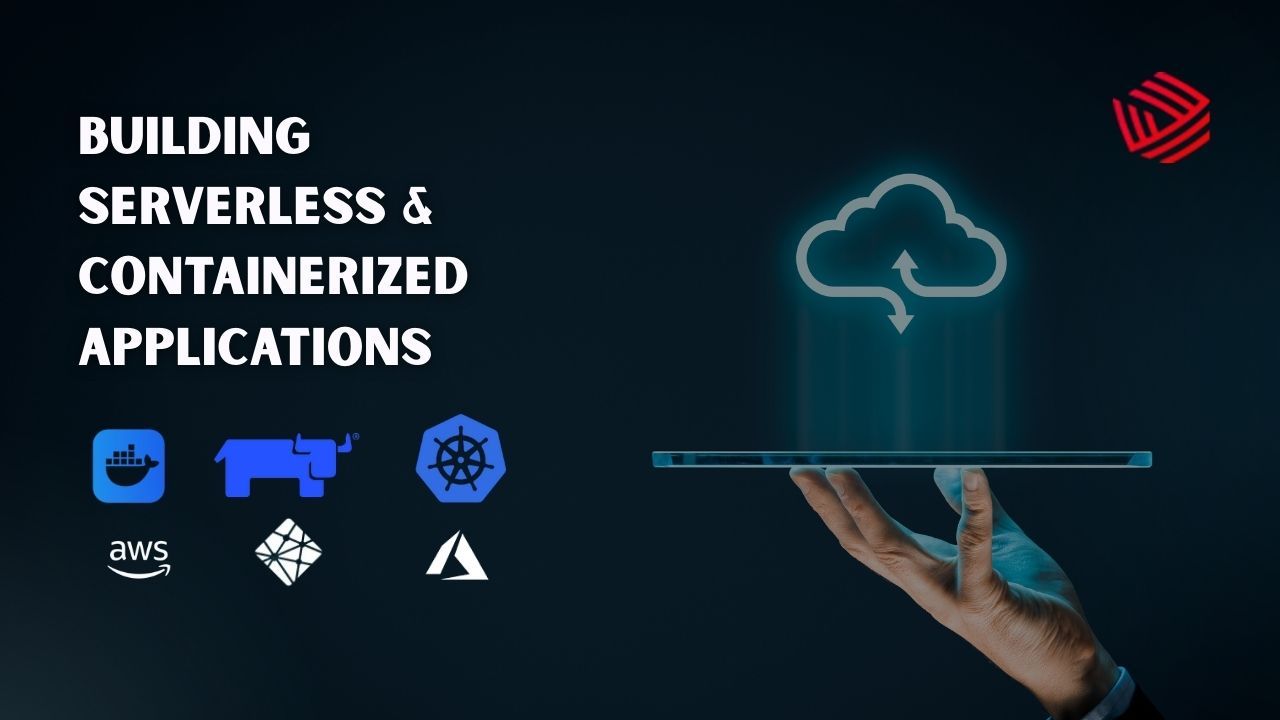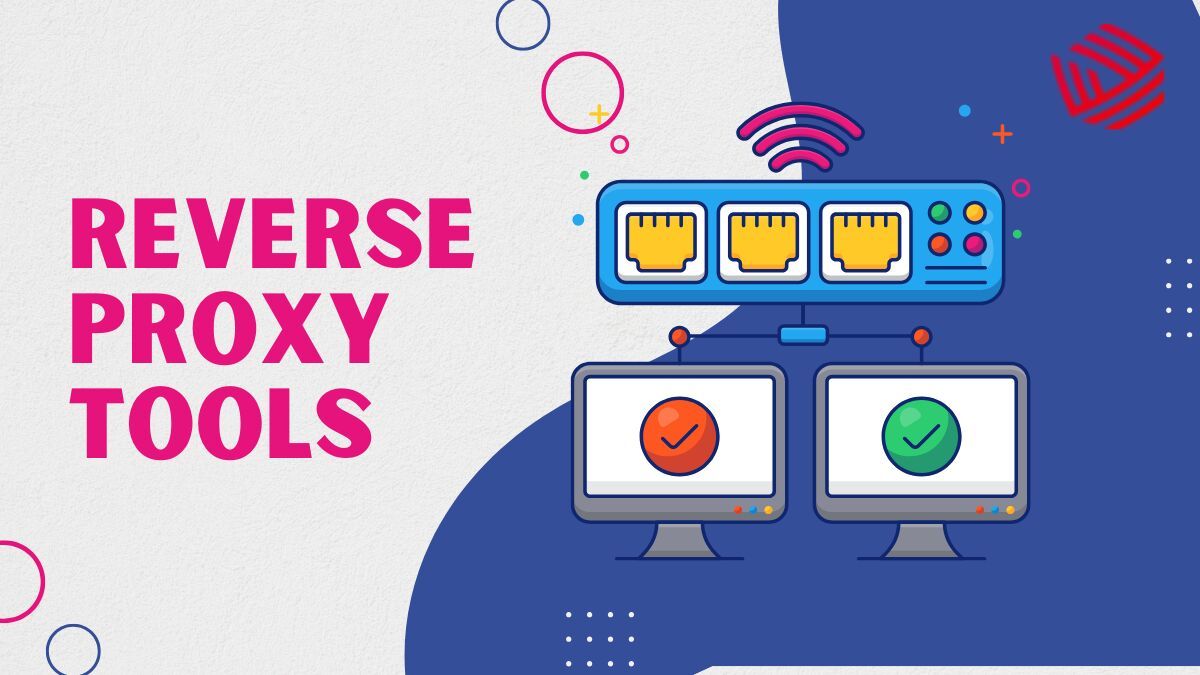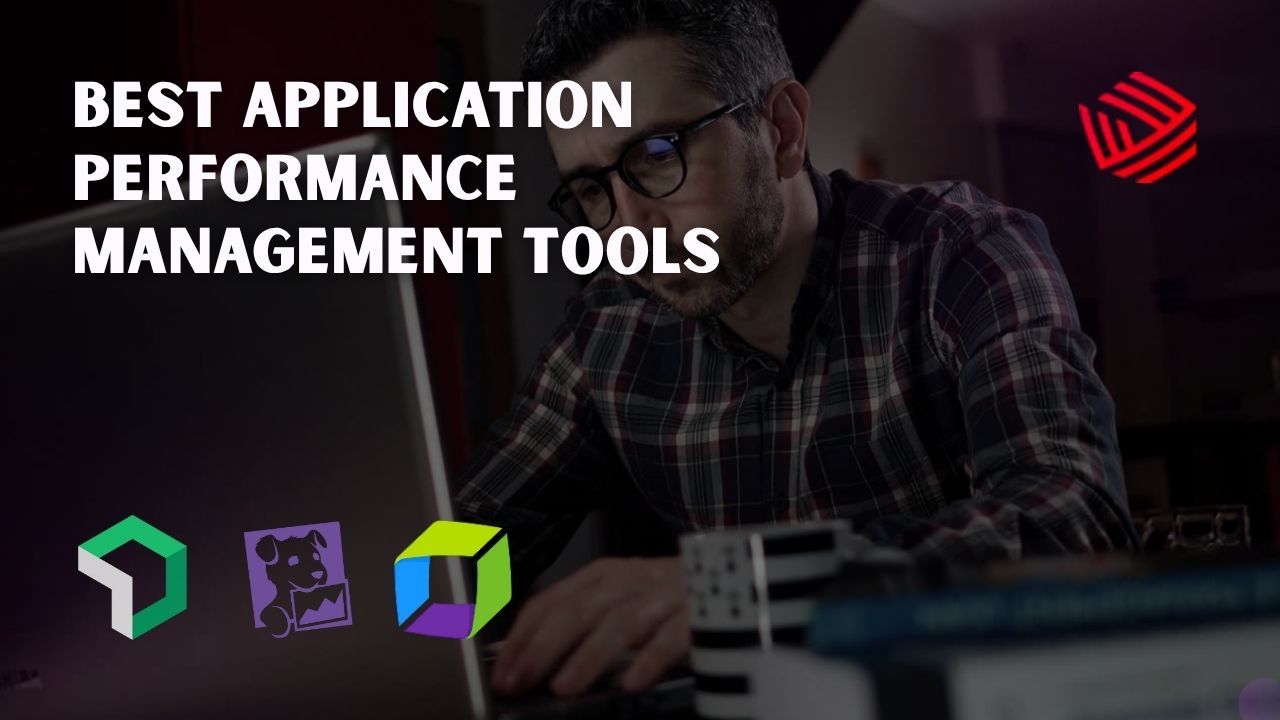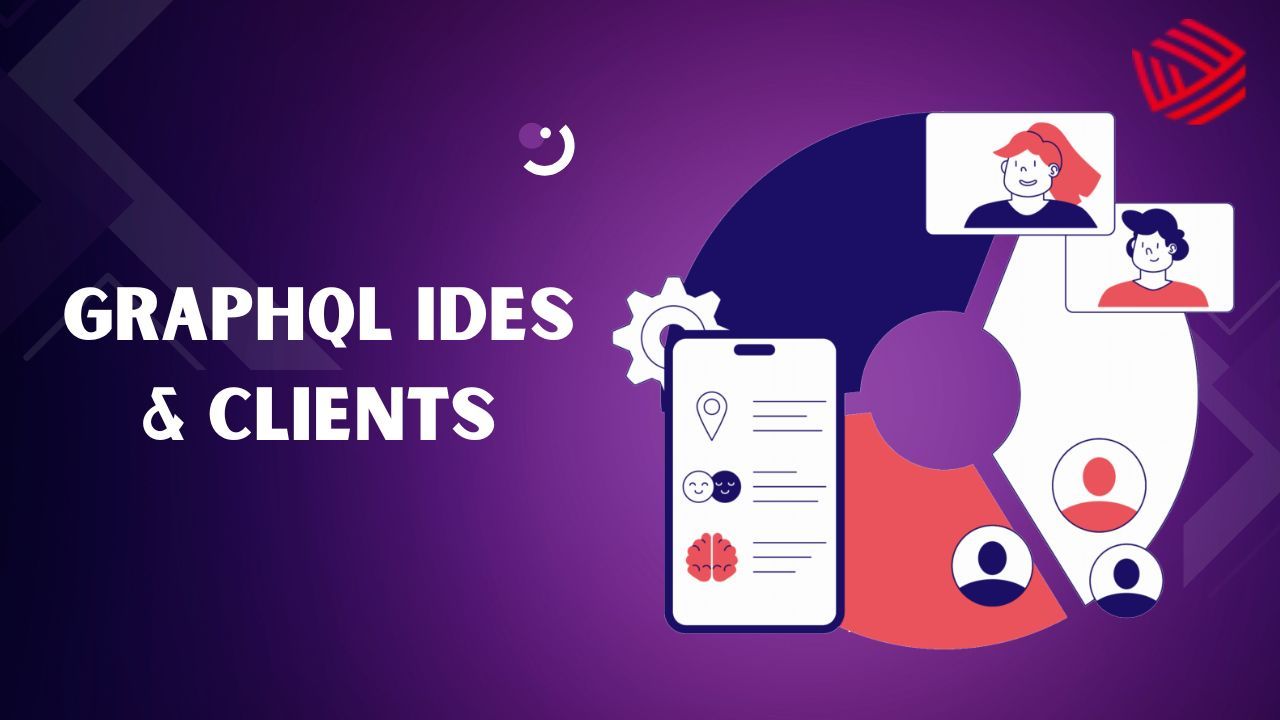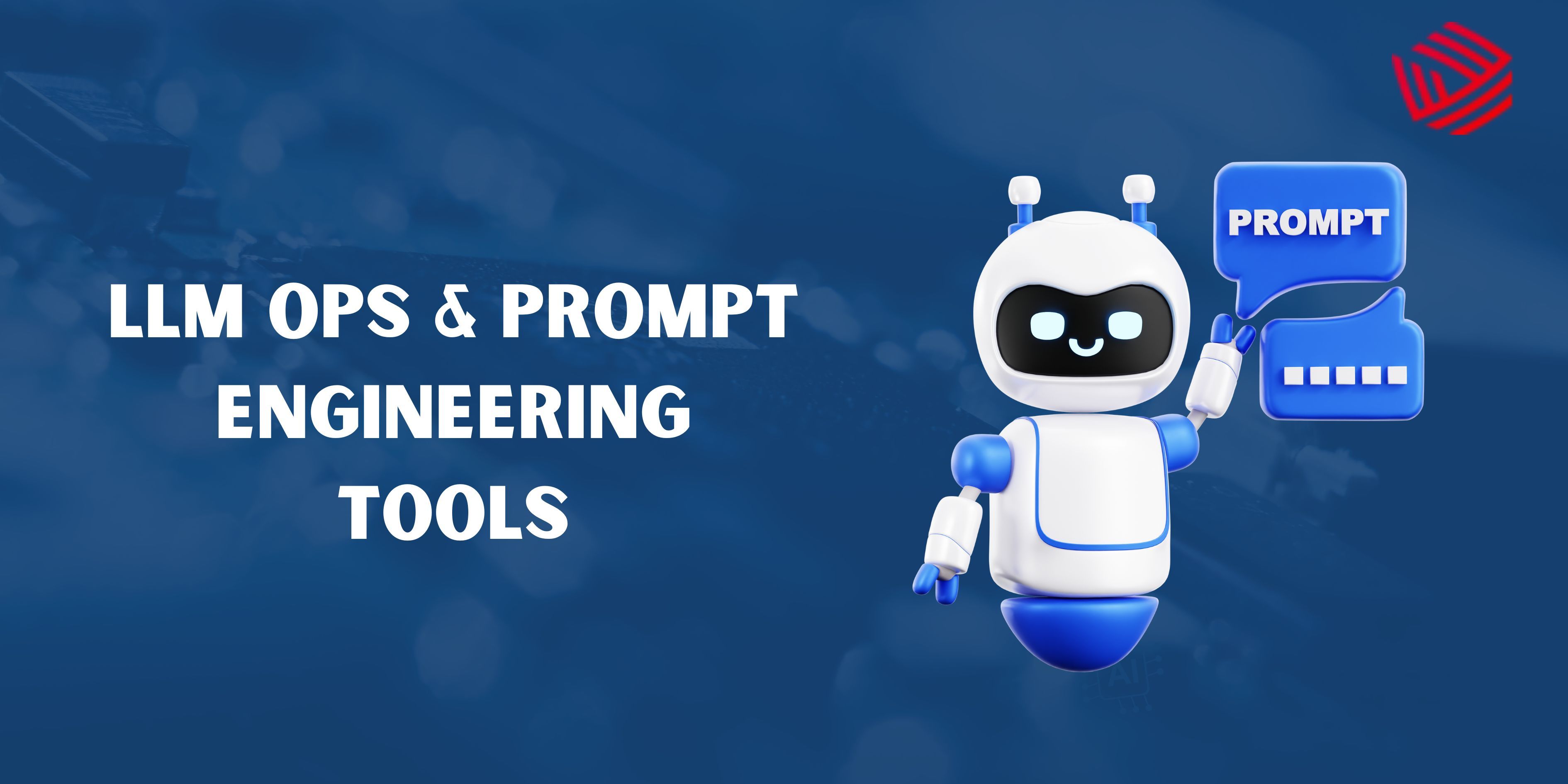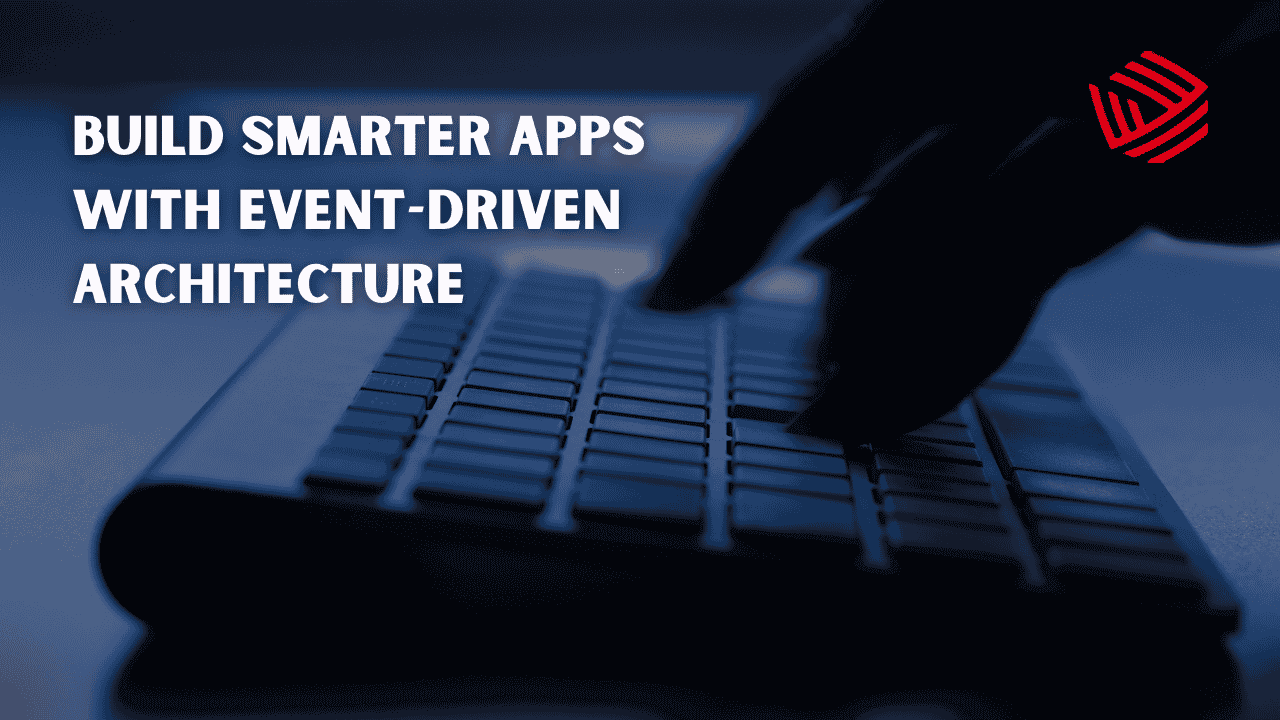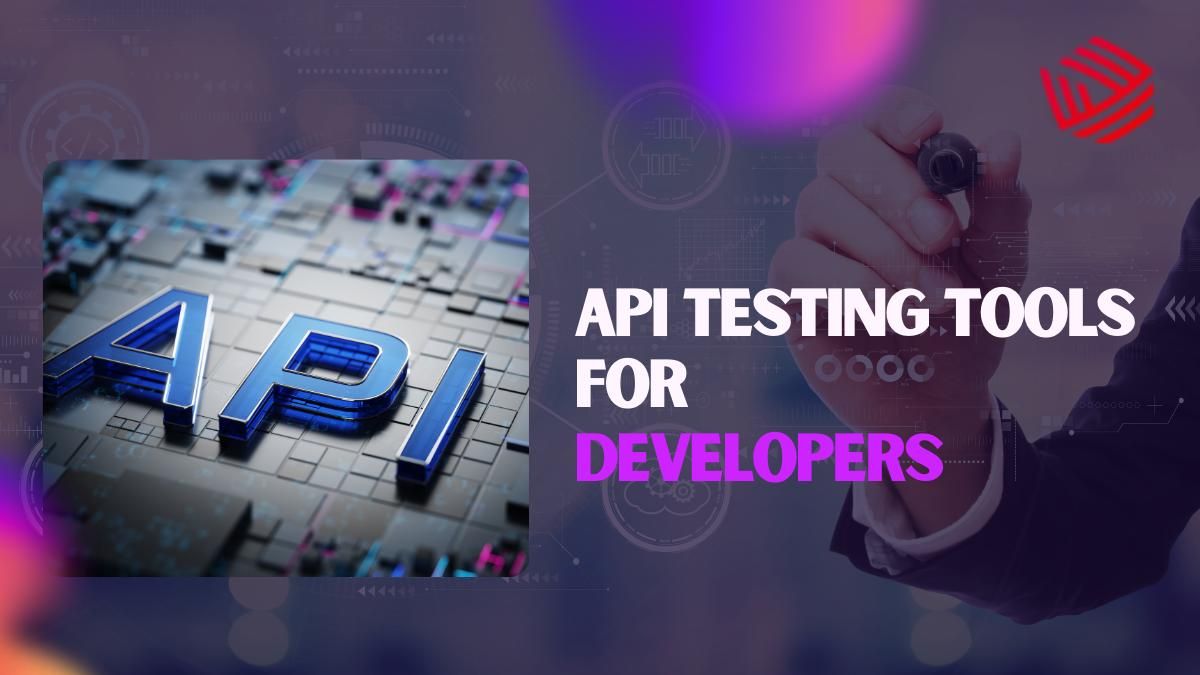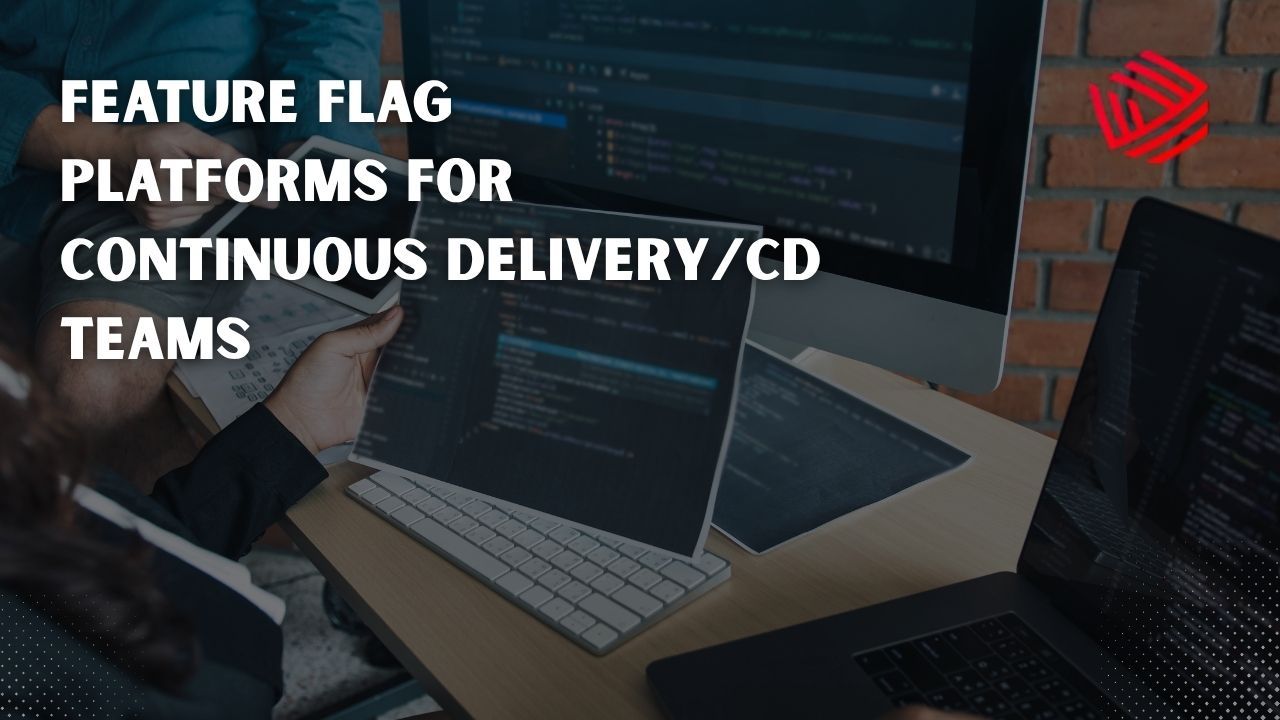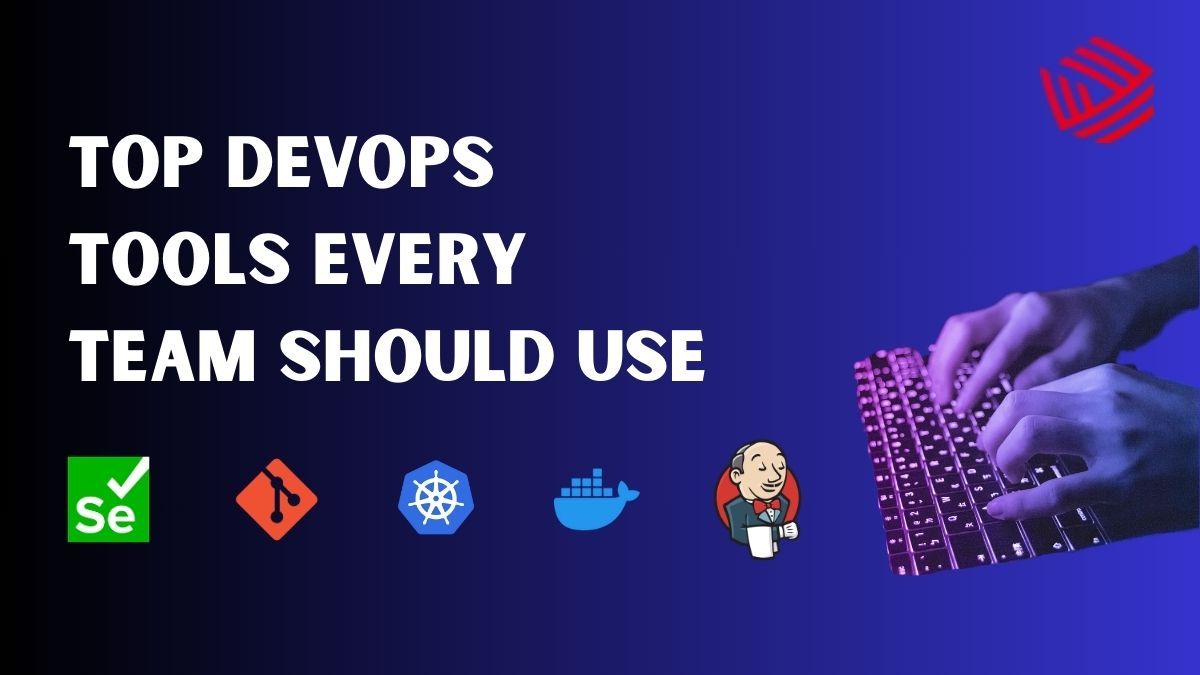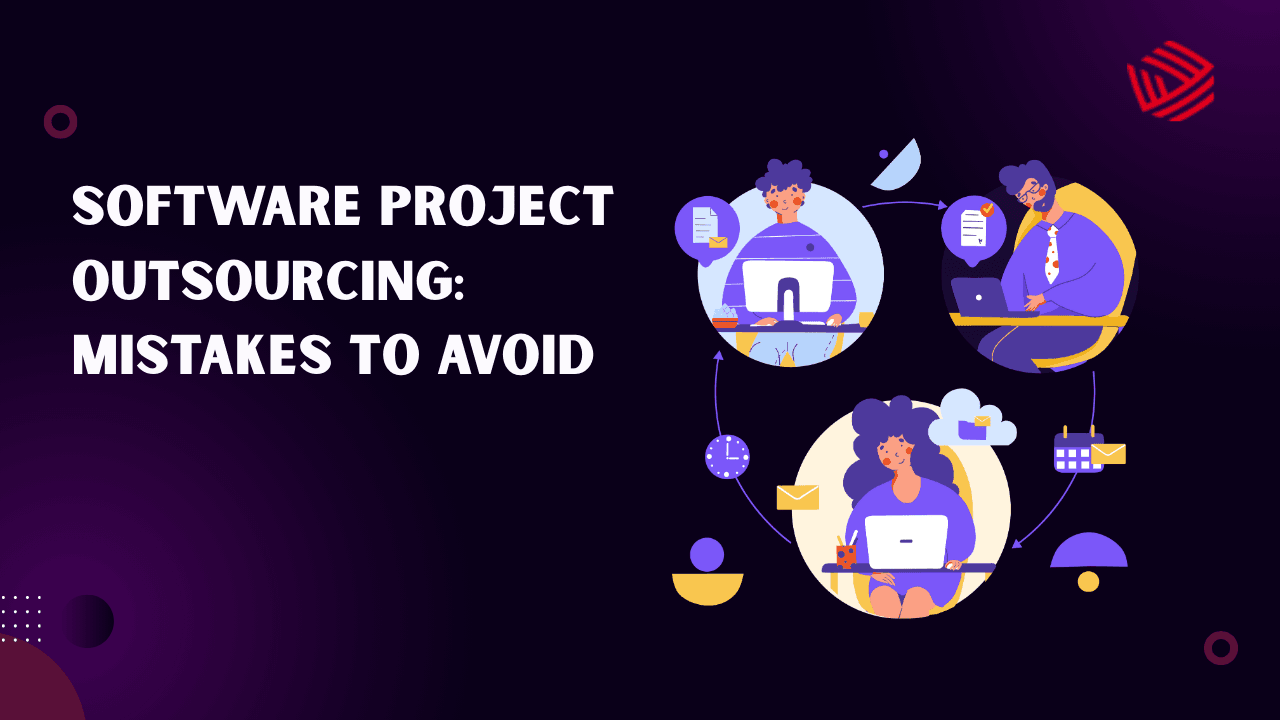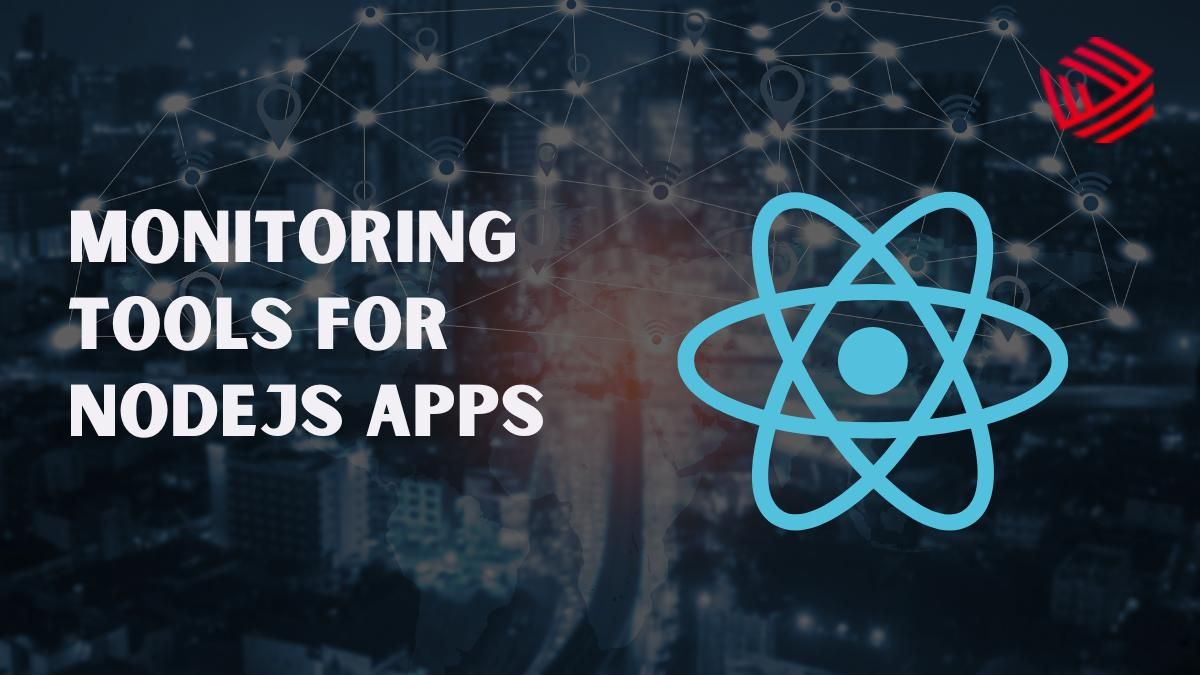AI development has entered a new phase — one where simply training models is no longer enough. Teams now need to deploy, monitor, and continuously improve models in real-world environments. That’s where MLOps (Machine Learning Operations) and LLMOps (Large Language Model Operations) come in.
MLOps emerged as a discipline to bring DevOps principles — automation, CI/CD, versioning, and monitoring — into the machine learning lifecycle. Both disciplines are deeply rooted in Python ecosystems, leveraging its libraries and frameworks to automate workflows, integrate models, and scale AI systems efficiently. But with the rise of foundation models and LLMs like GPT, Claude, and Llama, a new paradigm, LLMOps, has taken shape. While MLOps focuses on models that train on structured or tabular data, LLMOps is about managing massive, dynamic models that depend on data pipelines, embeddings, and prompt engineering.
MLOps versus LLMOps (The difference)
| Aspect | MLOps | LLMOps |
|---|---|---|
| Purpose | Streamline ML model training, deployment, and monitoring | Manage, deploy, and optimize large language models (LLMs) |
| Model Size & Type | Small to mid-sized models, structured data | Foundation & transformer-based models (billions of parameters) |
| Focus | Data versioning, feature store management, CI/CD pipelines | Prompt management, vector databases, fine-tuning pipelines |
| Monitoring | Accuracy, drift, model health | Token usage, latency, hallucination rates, response quality |
| Tools | MLflow, Kubeflow, Vertex AI, SageMaker | LangSmith, PromptLayer, Weights & Biases, Helicone, LlamaIndex |
| Challenges | Managing retraining and scalability | Ensuring context relevance, prompt reproducibility, model cost |
In essence, MLOps keeps ML models reliable and reproducible, while LLMOps ensures LLMs stay relevant, efficient, and safe in production.
Understanding MLOps
MLOps is now a well-established practice for managing the lifecycle of machine learning models. It integrates data engineering, model training, deployment, monitoring, and governance into a unified workflow.
Core Components of MLOps:
- Data Management & Versioning – Tools like DVC and Pachyderm ensure datasets are version-controlled and traceable.
- Model Training & Experimentation – Frameworks such as MLflow or Weights & Biases track experiments and model performance.
- Model Deployment – Kubeflow, SageMaker, and BentoML help deploy models as APIs or services.
- Monitoring & Retraining – Tools like Evidently AI detect data drift or model degradation over time.
Some of the best MLOps Tools
| Tool | Primary Function | Highlight |
|---|---|---|
| MLflow | Experiment tracking, model registry | Open-source and framework-agnostic |
| Kubeflow | Kubernetes-native ML orchestration | Ideal for large-scale enterprise ML |
| Vertex AI (Google) | Managed MLOps platform | Seamless integration with GCP ecosystem |
| Amazon SageMaker | End-to-end ML platform | Broadest toolset for ML lifecycle |
| Evidently AI | Model monitoring | Detects bias, drift, and performance issues |
MLOps shines in traditional AI scenarios — fraud detection, predictive analytics, or recommendation systems — where data pipelines and retraining cycles are structured and repetitive.
The Rise of LLMOps
As LLMs became central to AI innovation, teams realized that traditional MLOps stacks weren’t enough. LLMOps emerged to handle the unique lifecycle of prompt-based, high-context, and costly models.
Core Components of LLMOps:
- Prompt Management & Versioning – Track prompt iterations, context windows, and outputs.
- Evaluation & Monitoring – Measure hallucination rates, response relevance, latency, and token costs.
- Fine-Tuning & Embedding Management – Handle datasets for domain-specific fine-tuning and vector storage.
- Model Governance & Safety – Monitor for PII leaks, prompt injections, and compliance issues.
- Observability & Cost Tracking – Track inference costs, performance degradation, and latency trends.
Some of the best LLMOps Tools
| Tool | Category | Description |
|---|---|---|
| LangSmith (by LangChain) | Evaluation & debugging | Tracks prompts, outputs, and model behavior |
| PromptLayer | Prompt management | Version control for prompt templates and experiments |
| Weights & Biases | LLMOps integration | Extends experiment tracking to LLM fine-tuning |
| Helicone | API observability | Monitors API performance, latency, and costs |
| LlamaIndex | Data orchestration | Connects external data sources to LLMs efficiently |
| TruLens | Evaluation framework | Tracks hallucinations and quality metrics for LLM responses |
LLMOps is the DevOps layer for the new generation of AI applications — RAG-based chatbots, AI copilots, document Q&A systems, and contextual assistants. It helps teams iterate safely, optimize inference, and maintain control over generative outputs.
When to Use MLOps vs. LLMOps
| Use Case | Recommended Approach |
|---|---|
| Predictive analytics or classification tasks | MLOps |
| Large-scale natural language interfaces | LLMOps |
| Data drift detection and retraining | MLOps |
| Prompt evaluation, optimization, and tracking | LLMOps |
| Computer vision and structured data models | MLOps |
| RAG pipelines, chatbots, or AI copilots | LLMOps |
In practice, modern AI organizations often combine both — using MLOps for model lifecycle management and LLMOps for prompt orchestration and deployment.
How Modern Teams Blend MLOps & LLMOps
With the rise of hybrid AI architectures, enterprises are merging the best of both worlds:
- MLOps - handles data ingestion, labeling, and retraining loops.
- LLMOps - manages context assembly, retrieval, and response tuning.
Together, they create scalable, maintainable AI pipelines where traditional ML and generative AI coexist.
For example, a customer support system might use:
- MLOps models for intent classification and sentiment scoring.
- LLMOps models for context-aware, conversational replies.
The synergy ensures both reliability and creativity in production-grade AI systems.
Future of AI Operations
As AI continues to evolve, we’ll see a shift from human-managed MLOps to autonomous LLMOps pipelines, where:
- Agents monitor and retrain themselves based on performance data.
- Models automatically select context or modify prompts in real time.
- Continuous evaluation becomes standard for safety and cost optimization.
This evolution reflects a deeper trend — AI models are becoming operational ecosystems, not static assets.
Conclusion
Both MLOps and LLMOps are crucial pillars of AI infrastructure. Use MLOps for structured, predictive models that need consistency and explainability. Use LLMOps for generative, conversational systems that rely on massive unstructured data and adaptive prompts. In many cases, the future belongs to teams that master both, creating pipelines that combine predictive intelligence with generative power.

